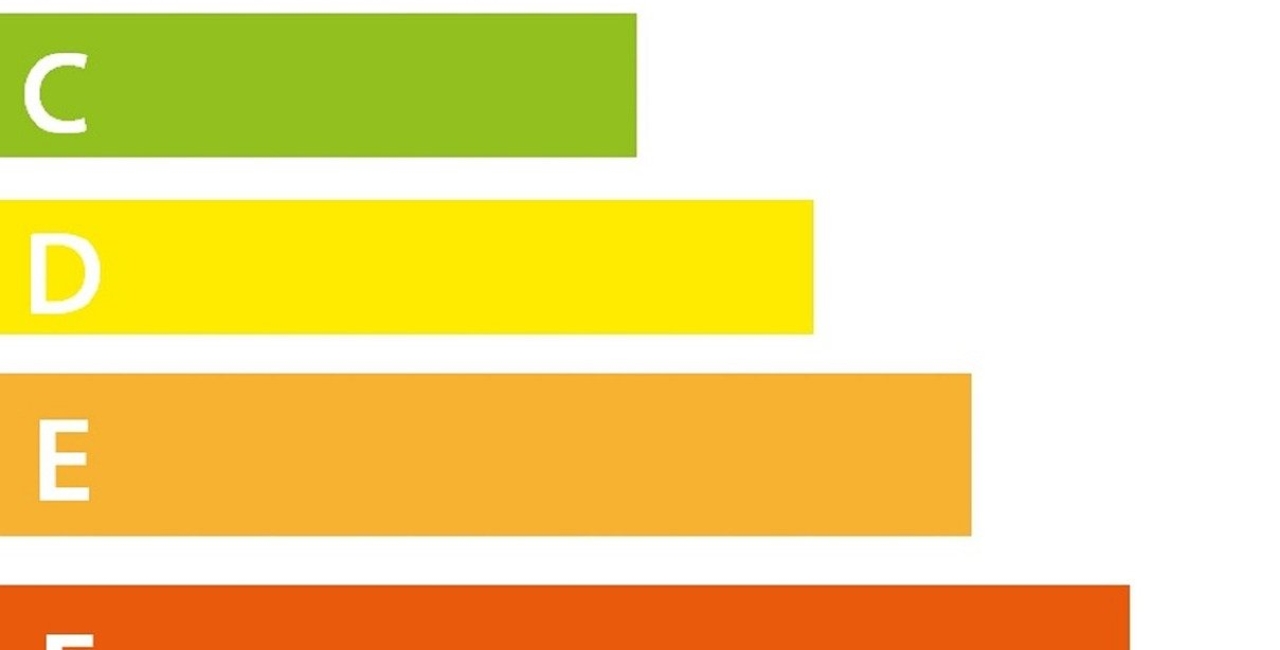The European Commission aims to initiate a new regulation, affecting the energy labelling requirements for computers. The recently initiated regulation aims to help consumers choose the most energy-efficient computers by using a scale from A (most efficient) to G (least efficient). The energy label will also provide other useful information on durability and reparability.
The consultation covers both the ecodesign and energy labelling initiatives.
Increasing energy efficiency is an important objective of the EU policy (more information at https://ec.europa.eu/energy/en/topics/energy-efficiency). A crucial policy instrument for achieving the 2020 and 2030 EU climate and energy targets is the setting of minimum efficiency requirements for products – through ecodesign –, in combination with informing customers about their energy performance and durability – through energy labelling.
Ecodesign and Energy Labelling regulations are key contributors in product policy supporting the Energy Union objectives and the transition to a Circular Economy.
The Commission has flagged in the Ecodesign Working plan 2016-2019 that ecodesign implementing measures should cover resource efficiency aspects where appropriate, to ensure greater durability, accessibility, design for disassembly and reparability of products entering the market and therefore contribute to the transition towards a more circular economy.
Since the coming into force of the first ecodesign directive in 2005, a variety of energy-consuming product groups such as washing machines, refrigerators, etc. have been covered by ecodesign and energy labelling regulations. Moreover, each ecodesign and energy labelling regulation contains provisions for its future evaluation and possible revision, taking into account the experience gained with their implementation and technological progress.
Commission Regulation (EU) No 617/2013 of 26 June 2013 sets requirements on computers and computer servers. It was to be reviewed three and a half years after entry into force (i.e. by January 2017) and is part of the Ecodesign Working Plan 2016-2019. This process started in January 2016 with a review study, the conclusions of which will be presented to the Consultation Forum in the first quarter of 2018 (for more information please see https://computerregulationreview.eu/). Subsequently, an Impact Assessment will be carried out.
Ecodesign Regulation (EU) No 617/2013 covers personal computers, including desktops, laptops and tablets, and enterprise servers. Main problems that emerged include:
1. Current requirements and measurement tests are no longer representative of real-world use: requirements and test procedures are based on specifications developed almost ten years ago. Since then, with the emergence of compact mobile devices, manufacturers have leveraged power savings techniques to reduce power demand, particularly in idle-mode, by using new low power states such as “modern standby”. Updated criteria based on the energy efficiency in real-use situations should be considered.
2. Current requirements do not permit a fair comparison between different models and possibly reward inefficient ones. Differently from the approach to other products, where a ratio of the useful work per unit of energy used provides the indicator of energy efficiency, the current computer regulation caps the energy use for different product categories while not doing useful work. Various allowances for additional internal components are foreseen but technology evolution is progressively changing their absolute and relative contribution to overall energy use and efficiency. To address this, a new set of criteria, agnostic of internal architecture, components and technology should be considered.
3. Poor repairability leading to premature obsolescence and increased waste: the most frequent reasons of irreparable damage (e.g. from spilling liquids), premature obsolescence (e.g. because of aging of a non accessible battery) and the possibility of reusing still perfectly working power supplies should be addressed, thus reducing consumer expenditure and waste.
The key objectives are:
Take into account technological progress to more effectively decrease energy consumption in real use situations;
Take into account market trends and streamline requirements and scope, to better inform consumers and procurers on the most efficient models available;
Deliver consumer savings and new jobs from improving reparability, from using more sturdy models, from improving both computer and battery lifetime and from avoiding purchase of unnecessary chargers;
Simplify requirements thereby reducing burden on suppliers and facilitating compliance control by market surveillance authorities in the Member States.
Worth noting some industry reactions, reflecting the distance between Commission initiatives and technological reality; example from AFNUM(France):
„Industry would caution on the increase of the estimated energy saving potential. Projecting PC usage and energy consumption growth to 2030 is meaningless; projections involving digital technology further than five years ahead provides no degree of accuracy or certainty. When considering the EU’s own estimated sales figures from PRODCOM it shows a leveling/downward trend in sales numbers for Notebooks (NB) and Desktop (DT) PCs, this is certainly a true reflection of the market over the past few years, we continue to see a declining market in the EU. Further, it’s estimated that implementation of CEC regulation and ENERGY STAR (E*) v7.0 specification will result in approximate energy efficiency improvements in Idle power of 50% for DT/AIO and NB PCs respectively. Future improvement potential will, however, diminish over time with only marginal incremental improvements in energy efficiency.”

